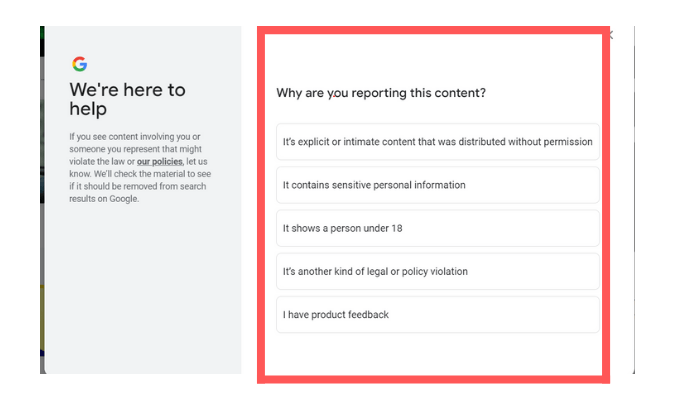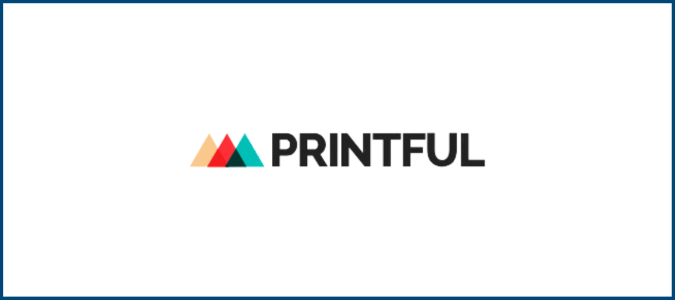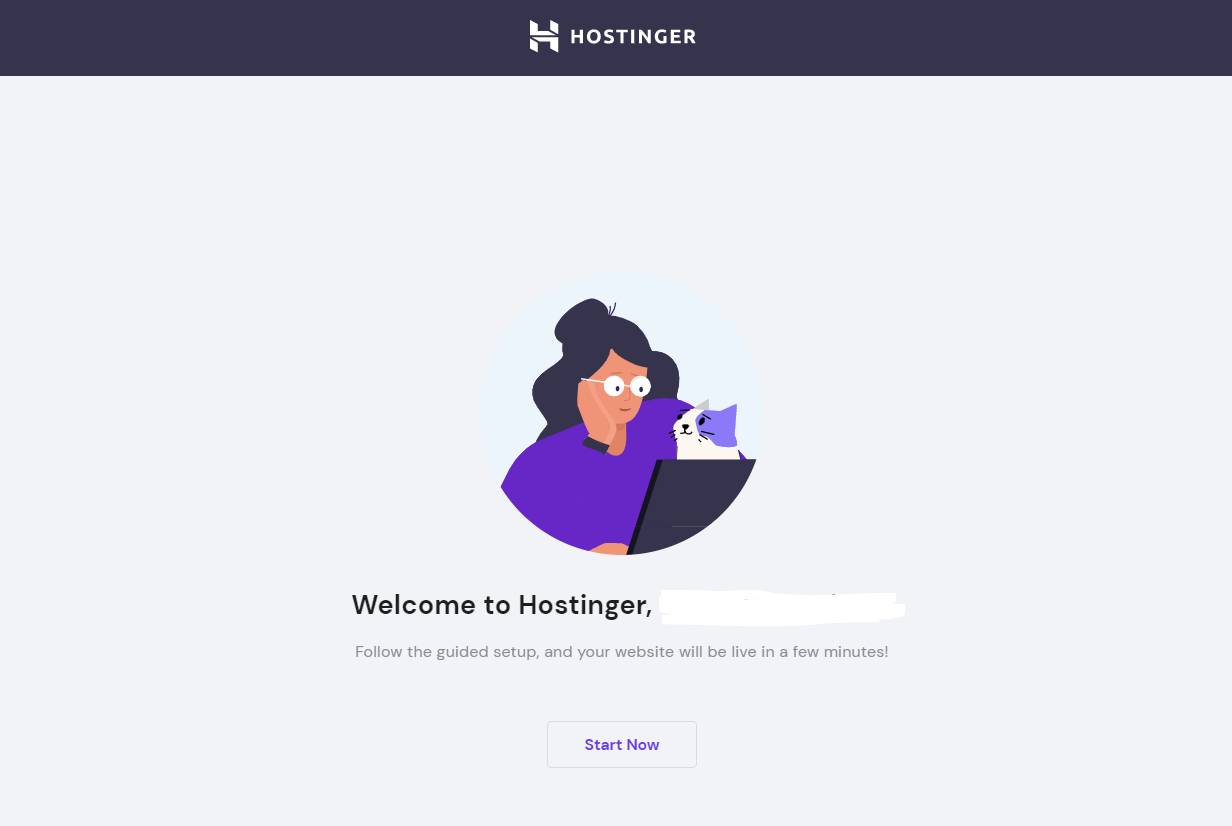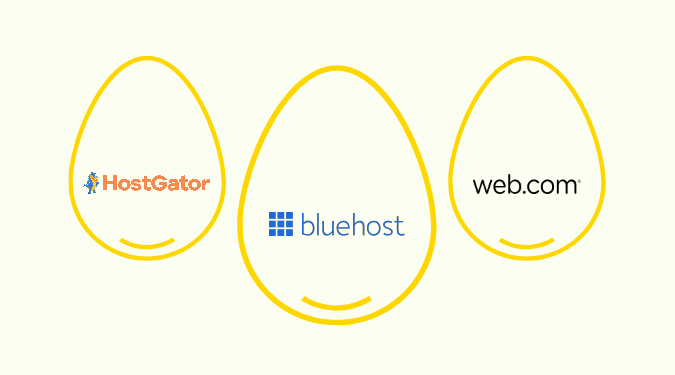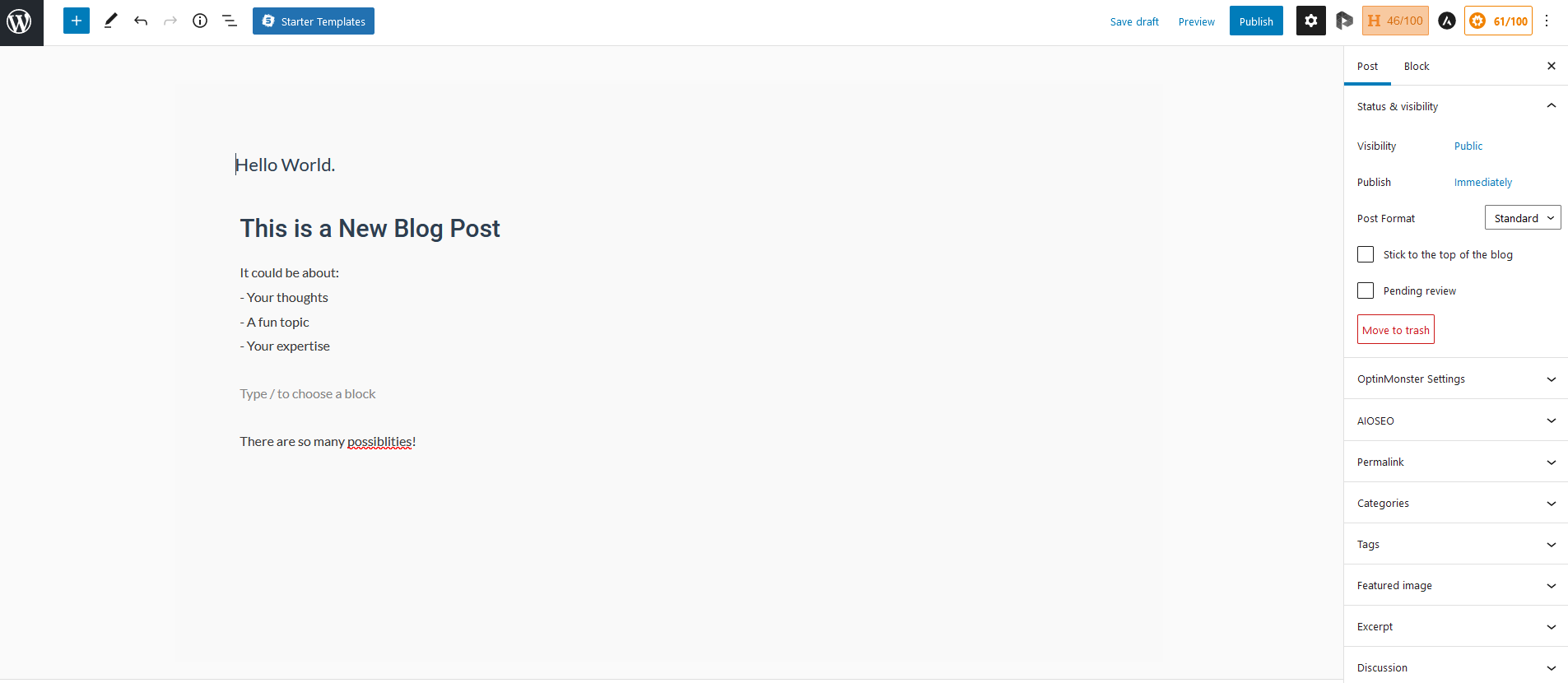Navigable, well-designed, optimized, on-brand…a website should be a lot of things. And making it all those things by yourself can be daunting, to say the least. Luckily, there are people who know how to do that for you–they’re called web designers. In this article, we’ll show you how to hire a web designer–and get it right the first time so you don’t have to hire more than one.
Why Hiring a Web Designer is Worth It
Web designers bring experience and expertise to the table. They know how to design your website without making it too simple or too cluttered, they know the perfect call to action and where to add it, and they know your target audience’s likes and dislikes.
All this knowledge helps them create a website that’s unique and attractive, and more importantly, one that meets SEO best practices.
Of course, you can take matters into your own hand and do it by yourself. After all, there are plenty of amazing website builders made for this very reason. But let’s be honest: Do you have the time, the aesthetic expertise, or the technical know-how?
Also, most of the time people can easily differentiate between a DIY website and a professionally designed one. The latter makes you and your brand look more trustworthy, credible, and authoritative—all of which help make a positive first impression on the visitor.
What’s more, a professional web designer can effectively communicate your value proposition to your audience. They can help convey a clear, consistent, and compelling message through the use of graphics, colors, and fonts to represent your business in the best possible light.
The Investment Needed to Hire a Website Designer
When a website designer comes into the mix, the cost of building a website will typically be between $5,000-$10,000.
Web designers can either charge a flat rate or by the hour. Generally, though, the average cost to set up, design, build and create content for a basic website is around $6,700.
Situation 1: When Web Designers Charge by the Hour
Reasonably skilled web designers generally charge $75 per hour, according to CSS Tricks. On the other hand, Website Builder Expert estimates that designing a website can be anywhere between $30-$80 per hour.
Here are two factors that dictate whether a freelancer will charge more or less than the average hourly rate:
- Web designers may offer discounted rates for long-term projects with lots of regular work, or when working for a non-profit or a loved one. They can also charge a lower amount if they feel the commitment level is lower (for a simpler website, for example).
- Web designers charge more for complicated projects that require help from a programmer, developer, or graphic designer, and for designing more web pages on a larger site.
Situation 2: When Web Designers Charge a Flat Rate
According to 99designs, freelance designers charge between $500-$5000 (approx) per website. This depends on the complexity of the job, the experience of the designer. Also, generally, the more pages required, the more the website will cost.
Here’s a basic web design price list:
- Setup — $160
- Design and building — $5,000
- Content creation — $500
- Client training — $600
- Maintenance — $500
Keep in mind the above costs are averages, and only cover the first year.
That said, each cost can vary, which is why you should ask a prospective web designer about their charges after telling them about your project requirements.
5 Steps to Hire a Web Designer
Here’s a step-by-step breakdown of how to hire the best web designer for your website requirements.
#1 Begin Your Search With Google
With everything and everyone online, the internet is the best place to find capable web designers and agencies.
Open your search engine, and perform quick searches like “Web designer + (Your Area)” or “(Your City) + web design.” Since several web designers are open to remote work, you can also look for potential candidates on freelance platforms like Upwork, Freelancer.com, Toptal, and Reddit.

The result pages will give you an extensive list of web designers and design teams, each with varying levels of expertise and experience.
Keep in mind that a web designer isn’t always someone who handles every single aspect of your design without assistance. Several of them may be small cohorts of professionals specializing in one aspect of the design process. In such cases, they’ll collaborate with other web developers, copywriters, and strategists, depending on the project scope.
#2 Check If They Have the Appropriate Skill Sets
Gone are the days when web designers were strictly Photoshop prodigies. Today, you have creative individuals who have in-depth knowledge about web technologies, graphic design, and internet making.
A web designer should also be in sync with contemporary website practices. So don’t forget to pay close attention to the biographical information and service descriptions on the websites.
Here’s a list of a few basic skills your prospect must be proficient in:
HTML and CSS
At the very minimum, web designers should be proficient in HTML and CSS.
Both languages are considered the building blocks of websites that enable designers to publish their work online. In fact, having HTML and CSS knowledge is what distinguishes web designers from graphic designers.
If you plan to hire a web designing team, make sure there’s a developer on staff. Several design shops have a designer and developer working together, so even if the designer doesn’t have HTML or CSS knowledge, the developer will.
Mobile Optimization
You need a mobile-optimized website if you want to attract and retain customers. This means your website has visual and interactive elements that look and work well on all devices—computers, mobile phones, and tablets. Other buzzwords include “mobile-responsive“ and “mobile-friendly.“
Test your prospects’ mobile-first design knowledge. Ask them what they would do to create a responsive website that automatically resizes to fit any screen.
Content Management Systems
A content management system or CMS is a software platform used to update a website after a design goes live. WordPress, Drupal, and Joomla! are some of the most famous CMS software that makes it easy to add, modify, and remove content from your site.
Hire a web designer who works with a CMS platform you use. This will allow you to have full control over your website after its launch. Otherwise, you’ll end up calling the designer every time you want to make a change.
Adobe Creative Suite
Adobe Creative Suite includes applications like Photoshop, Illustrator, and InDesign. These are common web designing tools used by top designers to create customized site layouts.
Ask your prospect their proficiency with these tools upfront. Everyone should be experts—if they aren’t, they aren’t the right fit.
If a prospect uses something other than Adobe Suite, ask them why they prefer the alternative. You must be confident in their response before moving onto the next step.
Search Engine Optimization (SEO)
The main purpose of having a website is to attract traffic—paid and organic. Unfortunately, getting organic traffic will become a distant dream if your web designer doesn’t abide by SEO best practices.
You see, designers are responsible for making your website visible to search engines to an extent. For example, if a designer optimizes images, it’ll increase your web pages’ loading time—and a faster website contributes to a higher ranking in the SERPs.
Gauging a prospect’s SEO mastery can be difficult, though. It all boils down to how confidently a prospect talks about SEO. It would be better to consider other prospects if someone isn’t familiar with the concept.
#3 Take a Long, Hard Look at Portfolios
At this stage, you should have a pool of web designers who have the skills you want. Next, you’ll evaluate their work samples to distinguish the most talented and versatile prospects.
Not every portfolio will fit your taste, and that’s a good thing. Web designers create websites according to client requirements. So the more diverse a portfolio, the more capable and experienced the designer is likely to be.

In comparing portfolios, you should pay attention to the following factors:
- Website Aesthetic. Think about whether the design is visually appealing and if it aligns with the client’s brand and voice. Look for portfolios that effectively communicate business goals.
- Usability. Instead of relying on screenshots in a designer‘s portfolio, take the initiative to visit the actual sites. Check whether the websites load quickly, appeal visually, and are easy to navigate. Don’t forget to check the mobile responsiveness of the websites.
- Functionality. Look for portfolios that have similar functionality to yours. For example, if you plan on building an ecommerce website, look for candidates that have built ecommerce sites before. You can get as specific as you want as well. If you want a contact form with checkboxes, single out designers that have created these features in the past.
- Overall Potential. You don’t want just a pretty website—you want a business-generating machine that happens to look fantastic. Therefore, when going through portfolios, pay close attention to the CTAs and how the websites help generate business. Find the Google ranking of every website too.
The above factors will help you understand a designer’s business experience and their regional tastes and culture. This can be helpful to create content for a highly targeted audience.
#4 Talk to Past Clients
Pick a few sites from every designer’s portfolio you want to work with, and contact the businesses that hired them. This will give you an idea about what it’s like to work with them.
Here’s a list of questions you can ask a prospect’s past clients:
- How was it like working with the designer?
- What do you think about their designing process?
- Was the designer able to meet deadlines?
- How much did the designer charge you for the project?
- How is your website performing? Would you credit the designer for an uptick in leads or sales?
Be aware that a prospect may not be at fault for every negative experience. Use your discretion to determine whether the problem lies with the web designer or the client.
#5 Meet the Shortlisted Candidates And Choose The Best One For You
At this stage, you should have a shortlist of talented professionals who have the right skill sets, in-depth understanding, satisfied customers, and beautiful design portfolios.
Reach out to each one of them to schedule either a call or face-to-face meeting. If you plan on hiring a team, set up a meeting with the person who’ll be your primary point of contact.
Your aim here is to get a feel for every “finalist’s“ approach and an estimate of how long they will take to complete the project and at what cost. Choose a designer you’re comfortable with entrusting your website—one you’re confident will give you the website you desire.
Next Steps
After hiring the web designer, you should hold frequent meetings to ensure they are 100% clear about the project scope. Everyone should be on the same page regarding the payment and other terms and conditions.
Ask a lot of questions concerning tasks, the process, the timeline, and pricing and payments. Don’t worry, the designer expects it! Encourage them to ask questions as well, and make sure you answer them in detail to eliminate any confusion.
Can’t get enough? Check out our other guides on website design:

